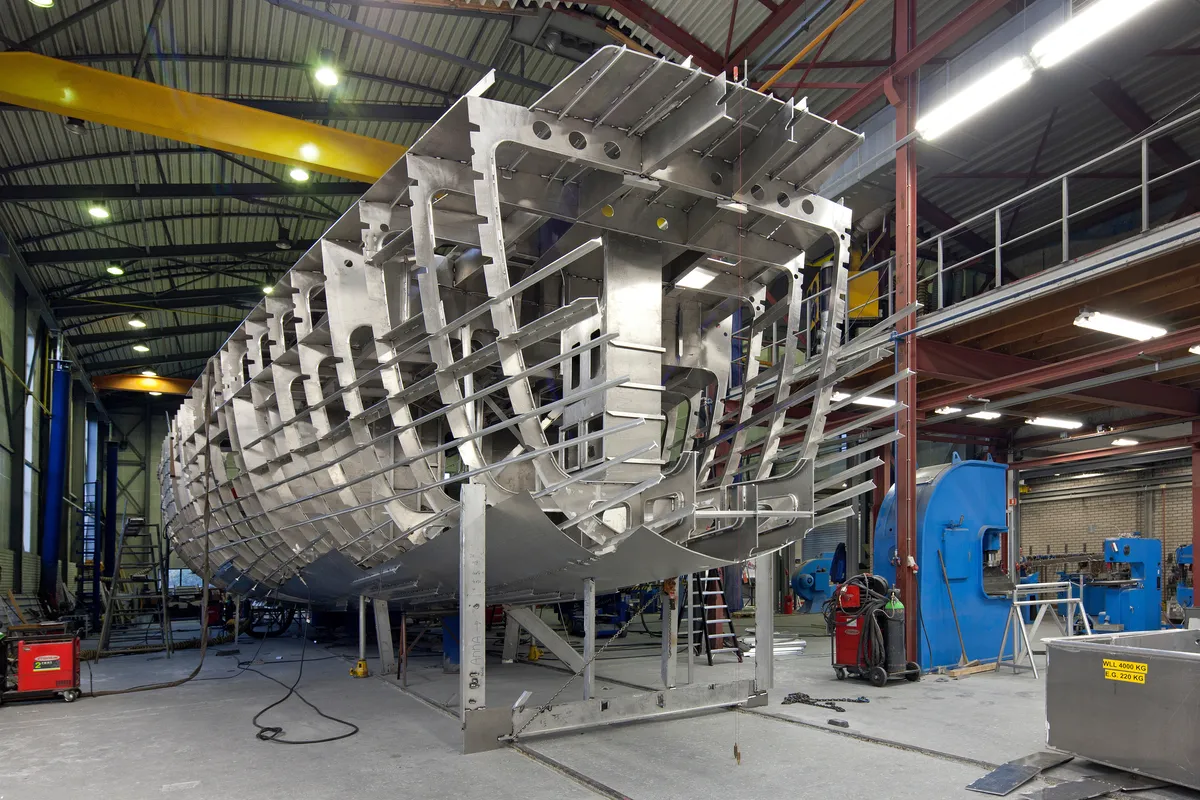Classification Society RINA has published the Rules for the Classification of Workboats with related amendments.
These documents were published on 9 May 2023 and are effective from 1 May 2023.
These Rules apply for the purpose of classification of vessels with steel, reinforced plastic, aluminium alloy or high-density polyethylene (HDPE) hull - including catamarans and rigid inflatable boats (RIBs) - in commercial use, other than those in use for recreational, sport, and pleasure, having a load line length between 4 m and 24 m, with a maximum speed of 45 knots and carrying no more than 12 passengers.
The application of these Rules to vessels with reinforced plastic hull or aluminium alloy hull having different load line length or speed may be considered by the Society on a case-by-case basis, depending on their specific operation and construction characteristics.
These rules deal with HDPE ships having slender hull shapes, having a length not greater than 24 m and having an operating profile extended up to "moderate environment"; HDPE ships having different features will be specially considered on a case-by-case basis.
Where necessary, in the various parts of these Rules, specific conditions relevant to the field of application of the requirements are given.
The requirements for assignment of special service notations will be established by RINA case by case on the basis of the requirements of Part E of the Rules for the Classification of Ships.
For the purpose of the assignment of special class notations, the requirements of Part F of the Rules for the Classification of Ships are to be complied with, as far as practicable, at RINA’s discretion, in relation to the navigation and service notations, vessel size, and hull material.
The vessels complying with the classification requirements of these Rules are assigned with the service notation WORKBOAT, that may be completed by the following additional service features:
- Crew Transfer Vessel - CTV: when the workboat is designed to transport technician and other personnel out to sites.
- Dive Support Vessel - DSV: when the workboat is designed to support the offshore diving operation.
- MULTICAT: when the workboat is designed as a multipurpose workboat for offshore works and transport. Normally a multicat is equipped with one or more winches and cranes as well as a spacious flat deck.
- Patrol and Guard Vessel: when the workboat is designed to patrol a coastal area or site for security, observation, and defense.
- Pilot boats: when the workboat is designed to transport maritime pilots from harbors to ships that need piloting, or vice versa.
- Seismic and Geotechnical Survey Vessel - SGSV: when the workboat is designed for the purpose of research, seismic survey, and mapping at seas.
- Taxi: when the workboat is designed to transport paying passengers on rivers, canals, or sea coastal area.
- Windfarm Service Vessel - WSV: when the workboat is designed to transport technician and other personnel to offshore wind farm and to support operations of wind farm maintenance and survey.
For more information, please see the documents below (available only to subscribers):
Rules for the Classification of Workboats
Amendments to “Rules for the Classification of Workboats”
 Marine Regulations NewsMatko Rak
Marine Regulations NewsMatko Rak










Related News
KR Awards First AIP to HD KSOE for Innovative Liquid Hydrogen Tank System
Jan 16, 2025
RINA revises its Rules for the Classification of Ships
Jan 09, 2025
BV issued new Rules for the Classification of Steel Ships
Dec 24, 2024